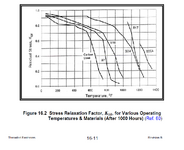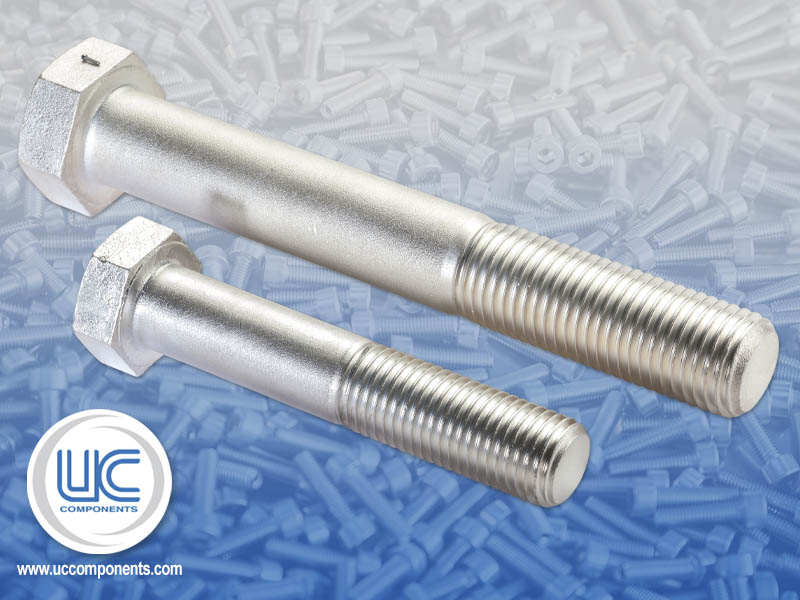Hello,
Austenitic stainless steel bolts and nuts can be used in high-temperature applications, and their maximum temperature limit is quite high in the ASME Sec II Part D standard. For example, B8 grade (SS304) is allowed up to 816°C (though some technical limitations, like relaxation, restrict its actual use at such high temperatures).
However, in European standards, these grades seem absent for high-temperature applications. ISO 3506-1 and ISO 3506-2 limit their use to 300°C, and they’re not even included in ISO 3506-5, which is specifically for high-temperature fasteners. This seems a bit odd.
have I overlooked a relevant European standard, or is this omission intentional? Any clarification would be appreciated.
Austenitic stainless steel bolts and nuts can be used in high-temperature applications, and their maximum temperature limit is quite high in the ASME Sec II Part D standard. For example, B8 grade (SS304) is allowed up to 816°C (though some technical limitations, like relaxation, restrict its actual use at such high temperatures).
However, in European standards, these grades seem absent for high-temperature applications. ISO 3506-1 and ISO 3506-2 limit their use to 300°C, and they’re not even included in ISO 3506-5, which is specifically for high-temperature fasteners. This seems a bit odd.
have I overlooked a relevant European standard, or is this omission intentional? Any clarification would be appreciated.




